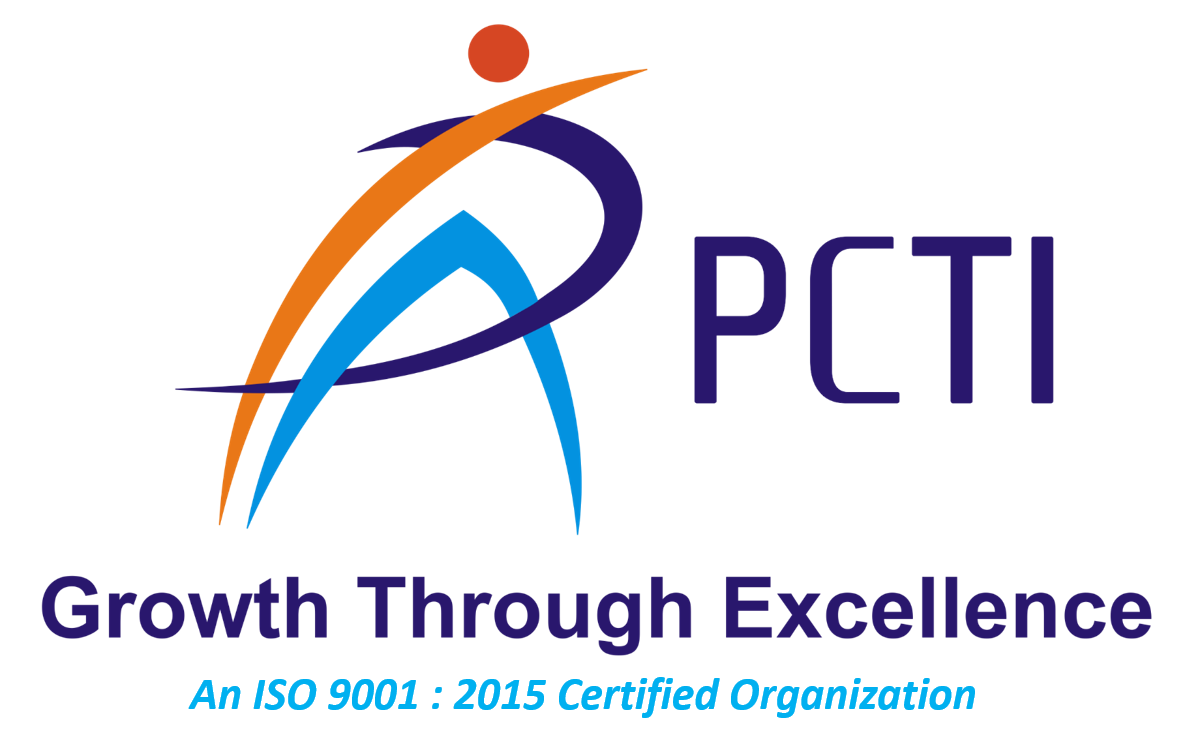What is project management?
Project management is a critical practice that applies knowledge of process, skills, tools, deliverables, and techniques to project activities to ensure a solid path to project success by meeting goals and requirements.
Project management is defined as a collection of proven techniques for proposing, planning, implementing, managing, and evaluating projects, combined with the art of managing people. It is the application of knowledge, skills, tools, and techniques to a broad range of activities to meet the specified requirements of a particular project.
PROJECT MANAGEMENT PROCESS
- Initiating
- Planning
- Executing
- Monitoring and Controlling
- Closing
PROJECT MANAGEMENT KNOWLEDGE DRAWS ON TEN AREAS:
- Integration
- Scope
- Time
- Cost
- Quality
- Procurement
- Human resources
- Communications
- Risk management
- Stakeholder management
THE 5 STAGES OF THE PROJECT PLANNING PROCESS
- STAGE 1: VISUALIZING, SELLING, AND INITIATING THE PROJECT
- STAGE 2: PLANNING THE PROJECT
- STAGE 3: DESIGNING THE PROCESSES AND OUTPUTS (DELIVERABLES)
- Measurements
- The monitoring method
- Status reporting protocols
- Evaluation criteria
- Design of the ultimate processes and outputs
- Implementation schedules
- STAGE 4: IMPLEMENTING AND TRACKING THE PROJECT
The project design team may also implement the project, possibly with the help of additional personnel. A trial or test implementation may be used to check out the project design and outputs to determine if they meet the project objectives.
- STAGE 5: EVALUATING AND CLOSING OUT THE PROJECT
Usually evaluations are done to determine:
- Objectives met versus objectives planned
- Actual tasks and events scheduled versus planned
- Resources used versus planned resource usage
- Costs versus budget
- Organizational outcomes achieved versus planned outcomes; any unplanned outcomes
- Effectiveness of project planning team (optional)
- Effectiveness of implementation team (optional)
- Team’s compilation of project documents, evaluations, and lessons learned
An effective way to get buy-in for a project or idea is to link it to what is important to the person or group you are approaching and demonstrate that you are openly soliciting their input. By doing so, they can help shape the concept.
Assuming the project concept and feasibility have been determined, the plan-do-check-act (PDCA) cycle
When the project is approved, the project team may proceed with the content design along with the persons or items needed to implement the project. The design process includes defining:
AREAS WITHIN PROJECT MANAGEMENT
The Project Management Institute (PMI) has identified nine areas of knowledge within project management:
- Integration Management
- Scope Management
- Time Management
- Cost Management
- Quality Management
- Human Resource Management
- Communication Management
- Risk Management
- Procurement Management
WHY PROJECT MANAGEMENT IS NEEDED
Why is project management so important? Because nothing ever gets done without first building a project plan, and no project plan ever gets executed without the proper environment or the proper processes. Project management then is the action that helps create and execute that project plan. It applies managerial and interpersonal skills to the process of successfully bringing a project from conception to completion according to stated requirements.
BENEFITS OF PROJECT MANAGEMENT
-
The main advantage of project management is that is helps you to manage your projects effectively, enabling you to resolve problems more quickly. It takes time and money to manage a project, however following good practice improve your chances of achieving the desired result
-
gain a fresh perspective on your project, and how it fits with your business strategy
-
prioritise your business’ resources and ensure their efficient use
-
set the scope, schedule and budget accurately from the start
-
stay on schedule and keep costs and resources to budget
improve productivity and quality of work
-
encourage consistent communications amongst staff, suppliers and clients
-
satisfy the various needs of the project’s stakeholders
mitigate risks of a project failing
-
crease customer satisfaction
-
gain a competitive advantage and boost your bottom line
WHAT IS A PERT CHART?
PERT is an acronym that stands for Program Evaluation and Review Technique. It’s a statistical tool that can be very useful when working on a project, as it analyzes and represents the project’s tasks. A PERT chart is a tool that can help project managers schedule, organize and coordinate tasks in their projects. It’s a graphic representation of the timeline of a project, which gives project managers the tools they need to breakdown each of the project’s tasks for analysis.
WHY USE A PERT CHART?
The PERT chart is used by project managers to estimate the minimum amount of time that will be needed to close a project. This is done by examining the breakdown of the project and the connections there are between tasks, which also help determine the amount of risk inherent in the project.
CREATING A PERT CHART
When creating a PERT chart tasks, or activities, are represented as arrows on the diagram. The dates of projects milestones are represented as nodes, or circles.
A PERT event is a point that marks the start of completion of one or more activities.
PERT HAS FOUR DEFINITIONS FOR THE TIME REQUIRED TO ACCOMPLISH AN ACTIVITY:
OPTIMISTIC TIME: The least amount of time to accomplish a task or activity.
PESSIMISTIC TIME: The maximum amount of time to accomplish a task or activity.
MOST LIKELY TIME: The best estimate of how long it will take to accomplish the task or activity, assuming there are no problems.
EXPECTED TIME: The best is to plan an estimate time for the task or activity, Projects is never planned on assumptions.
TERMS RELATED TO USING A PERT CHART
NODES: These are the symbols used to visualize milestones and project tasks.
ARROWS: Visual representation of the sequence of a task, diverging arrows indicate tasks that can be completed at the same time.
PERT EVENT: The start or end of a task.
SLACK: The amount of time a task can be delayed without causing an overall delay to the project or other tasks.
CRITICAL PATH: Charts the longest path from beginning to the end of a task or event.
CRITICAL PATH ACTIVITY: An activity with no slack
LEAD TIME: How much time you should complete a task or activity without impacting the following ones.
LAG TIME: The earliest time in which to a task can follow another.
FAST TRACKING: Working tasks or activities at the same time.
CRASHING CRITICAL PATH: Shortening the time of a task.
STEPS TO IMPLEMENTING A PERT CHART
Begin by identifying the project milestones and then break those down into individual tasks.
Then figure out the sequence of the tasks.
Make the PERT diagram.
Do an estimate for each task and the time it will take to complete it.
Calculate the critical path and identify any possible slack.
Finally, the PERT chart is a living document that must be returned to and revived as needed when the project is in progress.
GANTT CHART:
Project management is similar to this. To complete a project successfully, you must control a large number of activities, and ensure that they're completed on schedule. If you miss a deadline or finish a task out of sequence, there could be knock-on effects on the rest of the project. It could deliver late as a result, and cost a lot more. That's why it's helpful to be able to see everything that needs to be done, and know, at a glance, when each activity needs to be completed.
WHY USE GANTT CHARTS?
When you set up a Gantt chart, you need to think through all of the tasks involved in your project. As part of this process, you'll work out who will be responsible for each task, how long each task will take, and what problems your team may encounter.
This detailed thinking helps you ensure that the schedule is workable, that the right people are assigned to each task, and that you have workarounds for potential problems before you start.
HOW TO CREATE A GANTT CHART
- Step 1: Begin with a project or initiative in mind.
You might not know how long it’s going to take to complete the project at this point. Let’s say, for example, that you want to roll out your new employee training program, but don’t yet know what needs to go into it.
- Step 2: Assess the current plan for this project in place.
You’ll want to look at every single step, from initiation to rollout, so you can get a clear idea of everyone who will need to be involved. This is what you’ll use to determine timelines.
- Step 3: Determine which tasks are dependent on one another.
Some tasks can be completed simultaneously and some cannot begin until another has finished. Understanding this will help you understand time associated with each step and when the steps should take place.
- Step 4: Compile your task time frames in a Gantt chart layout.
This is where software is extremely helpful. It allows you to enter start and end tasks and then automatically builds out the Gantt chart for you so you can see how long each project will take and share it across your organization. During this step, you may also realize that some milestones are too involved and are best broken down into sub milestones.
- Step 5: Add additional information, accountability, budget, description, etc.
It is usually a good idea to include information that will help viewers understand each component of the project. The downside here is that you want to keep your Gantt chart uncluttered, and there typically isn’t much room for descriptions, analysis, or recommendations. Some software solutions make accommodations for this by allowing you to create detail pages for each component that can be included in the report and navigated to if necessary.
- Step 6: Break down your budget.
Now that everything is organized for you, you can start breaking down your budget for the project based on milestones. Once you’ve allocated a budget, you should get a more clear idea of whether you will complete the budget above or below what you’ve anticipated.
- Step 7: Assign ownership.
Every component of a project should have an owner. When people take ownership of or responsibility for a task, they’re more likely to ensure that it’s completed on time and it’s of expected quality. If there are a number of contributors, it’s useful to include their names as contributors on the Gantt chart.
- Step 8: Continuously use your Gantt chart as a reference.
As time goes on and you’re working through your project, you should be using your Gantt chart as a reference as much as possible. It will allow you to assess the current status of your different components and determine what those statuses mean for project completion.
CONCLUSION
Project management is very important for the organization to govern the project. A team leader needs to understand project lifecycle, risk and risk management in order to create the strategy for the project to be successful. Moreover, applying the proper tool during the process duration estimation by considering the iron triangle can lead to reach the goal of the project.

